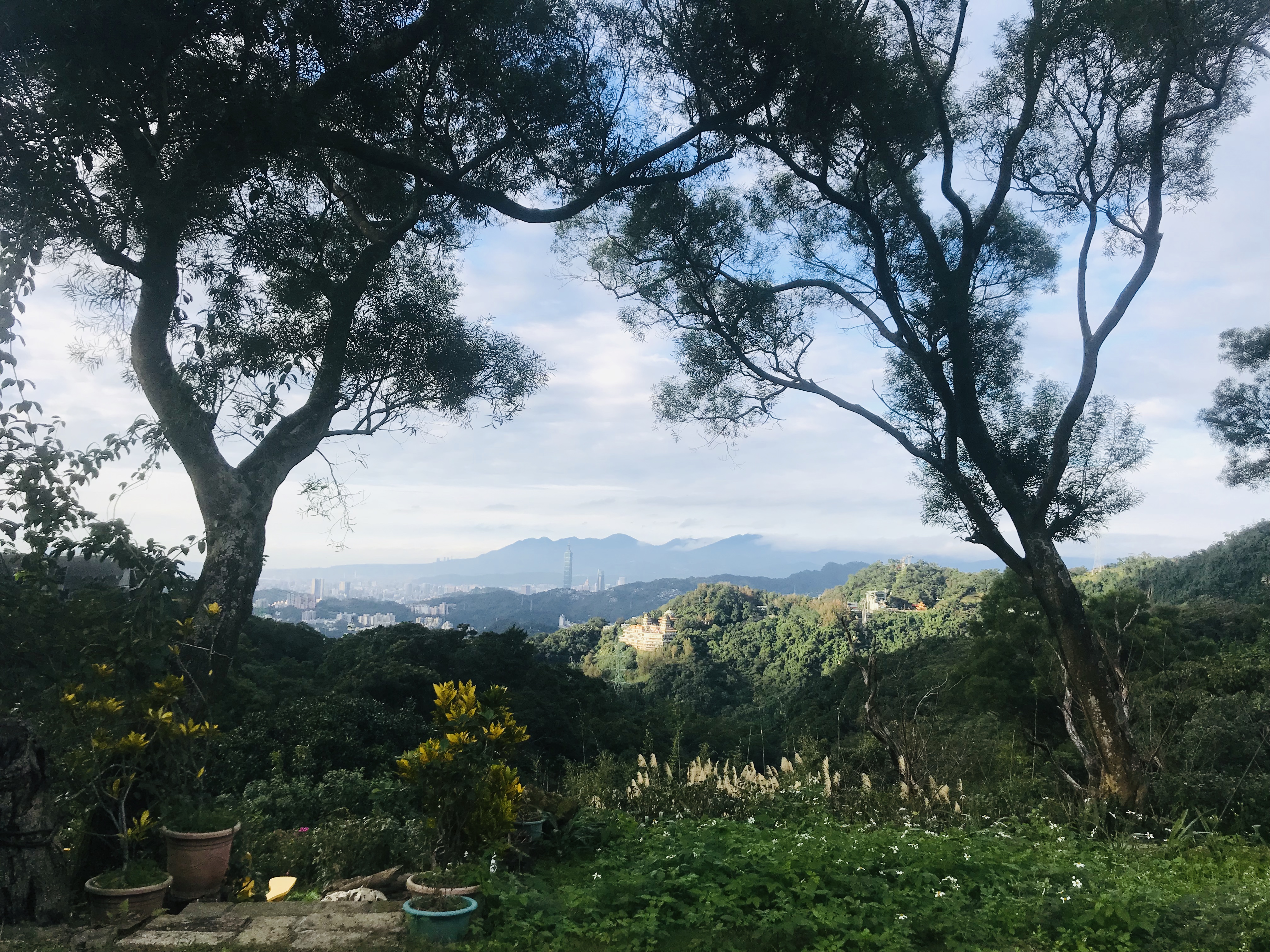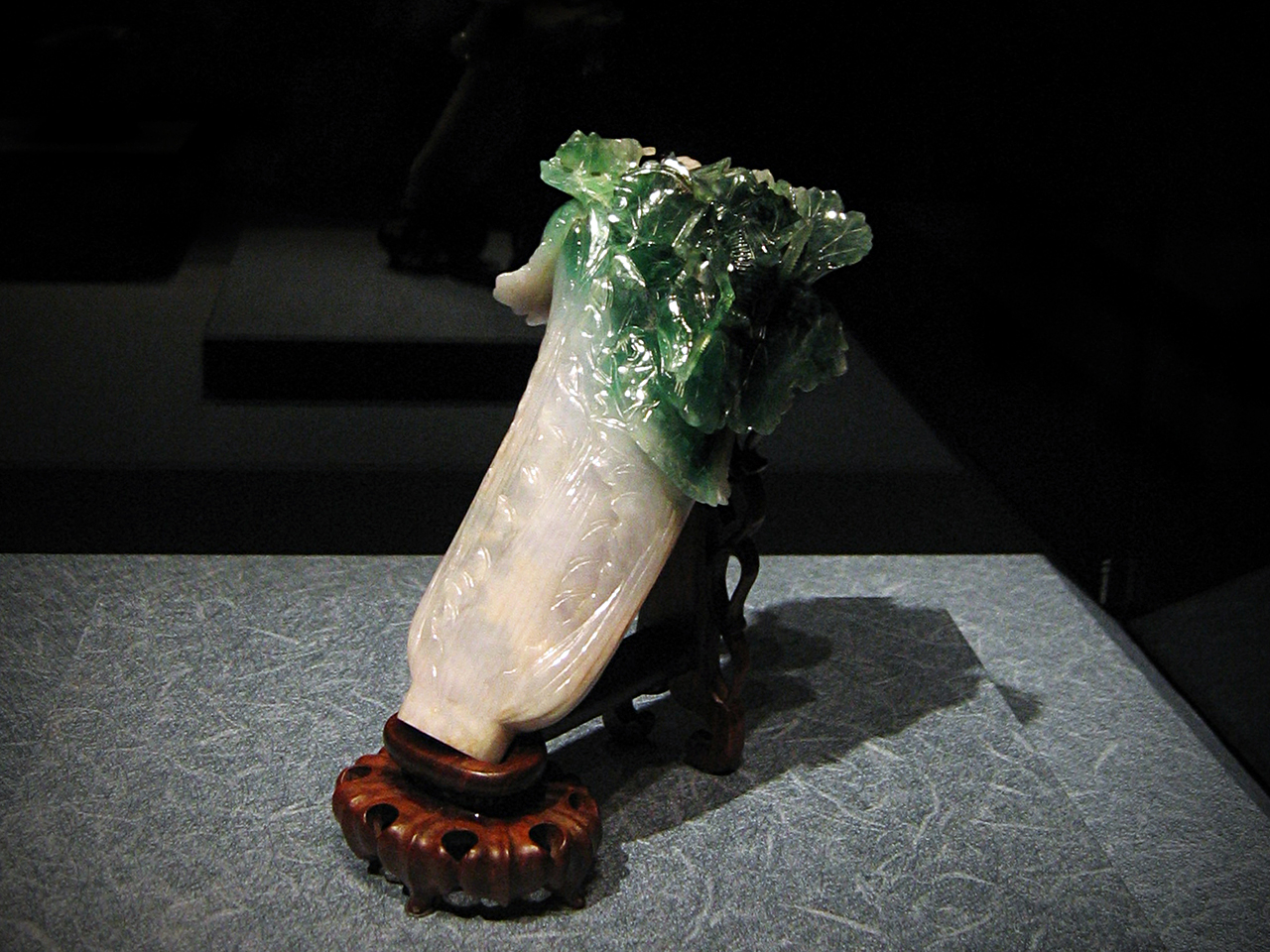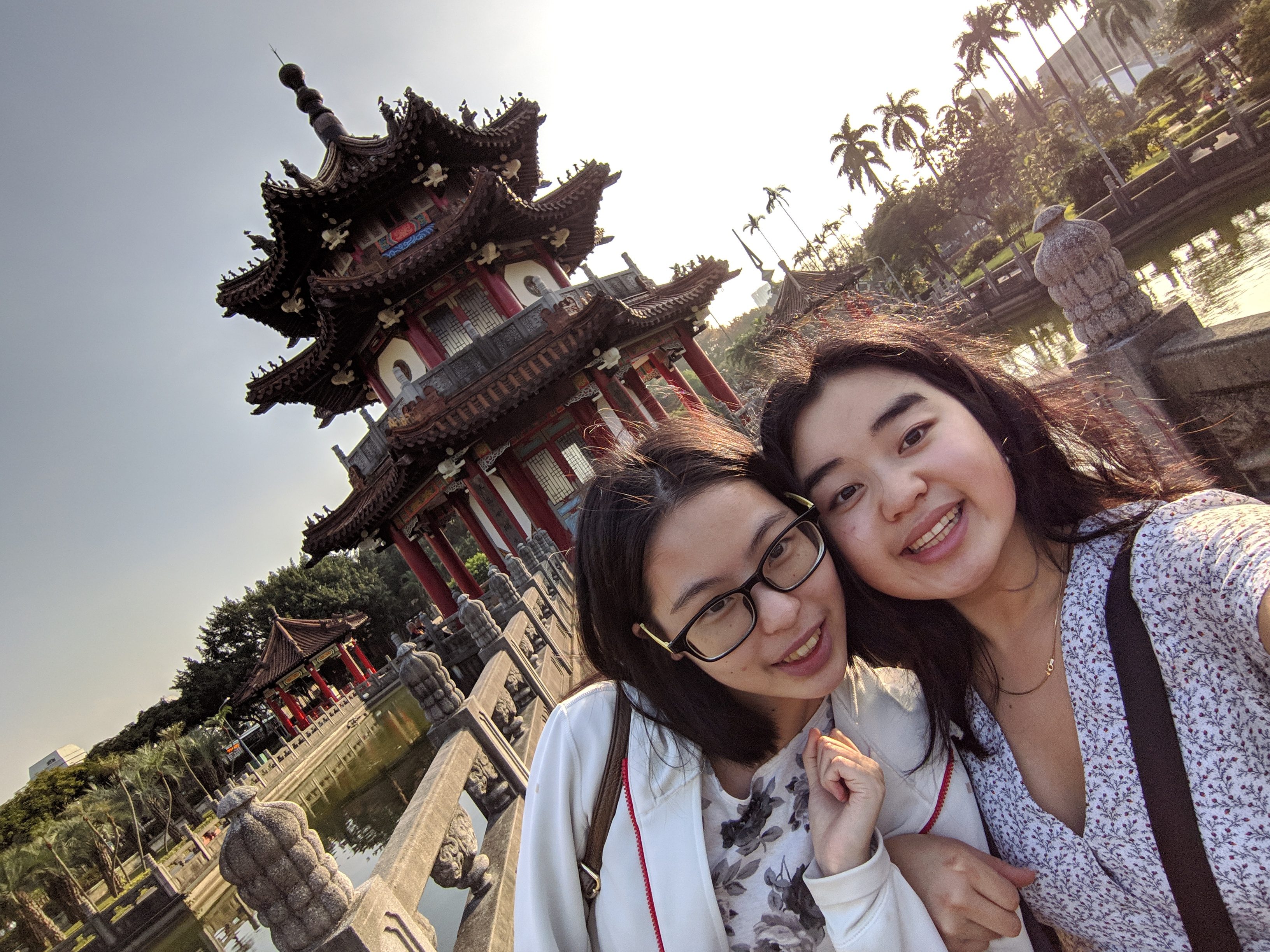
During the winter break I went to Taipei, Taiwan, to visit a close friend from high school. We spent our days hiking through rows of Tieguanyin tea on the mountainside, sampling street food at the famous night markets of Taipei with their pungent aromas and bright awnings, and studying ancient artifacts at the National Palace Museum.

PC: National Palace Museum
One of the National Palace Museum’s prized artifacts was the Jadeite Cabbage, a single piece of jade which by its unique coloring resembles a cabbage. The base of the cabbage is a glassy white, while the leaves are a deep lush green. Once belonging to a concubine of the emperor, the cabbage has a locust and a katydid carved into its leaves; the insects were signs of prosperity and fertility. Unfortunately, the precious cabbage was on loan during my visit, and judging from the expressions in our group, I was not alone in my disappointment. However, there was no lack of cabbage key chains, cabbage iPad cases, cabbage magnets, cabbage chocolates, and cabbage erasers in the museum gift shop. There was even a life-size replica of the jade cabbage one could display in one’s home, just as Consort Wenjing had once done. The cabbage was only one of many jade artifacts in the museum, among boxes carved with intricate chain links and lattice tops, miniature models of houses, hairpieces and smooth shiny pendants, completely of jade. (And jade, of course, was but one small part of the museum’s collections.)

PC: Penguin Random House
I was both surprised and intrigued when in my first class of the semester, “Object Lessons: Touching, Feeling, and the Dream of the Red Chamber,” Professor Kwa opened her lecture with a discussion of the properties of jade and the process of metasomatism. The pressure between two tectonic plates causes fluid to react with minerals in the rock, and over centuries it will produce jade, a green or sometimes milky white stone. Unlike marble, jade is one of the hardest materials to carve, and in early times, craftsmen would painstakingly grind and transform a block of jade with only sand and water. As a result of its rarity and reputed magical properties, jade was and still is coveted throughout the world.
Our curiosity whetted, we began to study the novel to discover that the main character’s name, Jia Bao-yu, is translated as “precious jade.” Futhermore, Bao-yu is born with a “piece of beautiful, clear, colored jade in his mouth.” And so winter break’s adventure has given way to this semester’s. It is good to be back.


